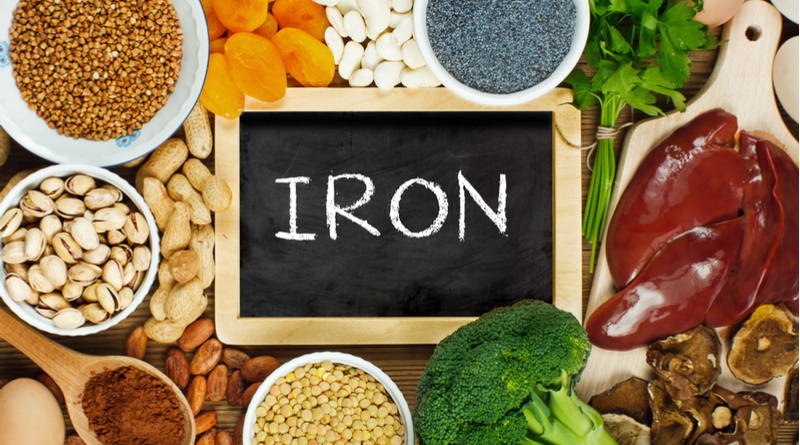Omega-3 fatty acids are technically polyunsaturated fatty acids that have immense health benefits. Amongst the three main omega-3 fatty acids are ALA (alpha-linolenic acid), DHA (docosahexaenoic acid), and EPA (eicosapentaenoic acid). ALA is commonly found in plant-based oils such as soybean, canola oils, and flaxseed while EPA and DHA are found in seafood and fish.
Why Omega-3 fatty acids?
Omega-3 fatty acids are an important component of body’s cell membranes. DHA is found in the brain and retina cells, for instance. Omega-3 fatty acids also help provide calories and are essential for the health of heart, blood vessels, lungs, endocrine system, and immune system.
ALA cannot be synthesized by body and thus must be sourced from food. The body can convert ALA into EPA and DHA but this happens in only small amounts and it is thus important to get enough EPA and DHA from the foods we eat.
DHA is also known to help facilitate neurological and visual development in infants. The Omega-3s are also important for brain development. It is therefore important for kids to be consuming omega-3 fatty acids in the right amount. A doctor will be the best judge in recommending the right amounts of Omega-3s you and your family should be consuming.
Foods rich in Omega-3 fatty acids
Omega-3 fatty acids are found in a number of foods. It is recommended to eat nuts and seeds such as walnuts, chia seeds, and flaxseed. Furthermore, plant oils such as soybean oil, canola oil, and flaxseed oil are great sources.
Certain foods such as yogurt, milk, juices, etc might also be fortified with omega-3 fatty acids. The latter are also found in fish and seafood such as salmon, sardines, and mackerel.








